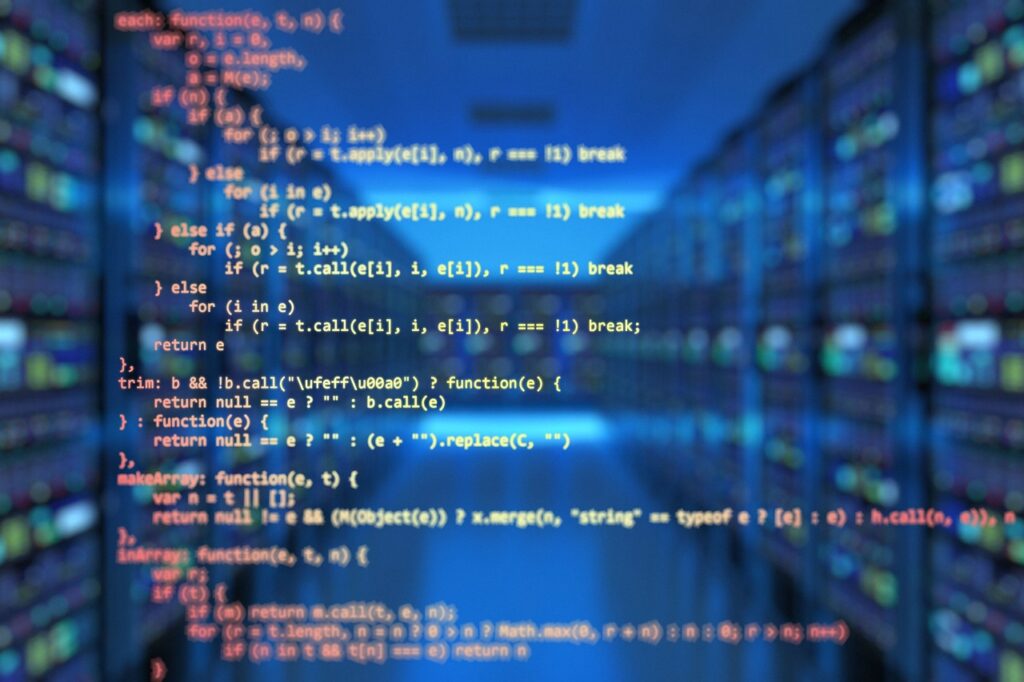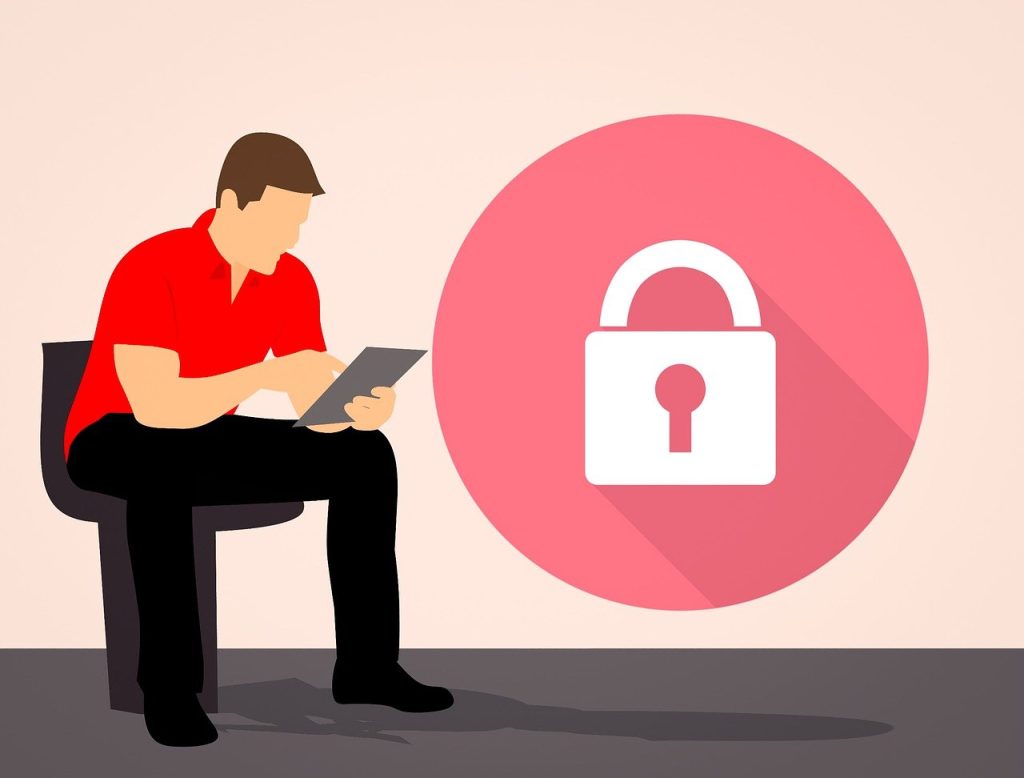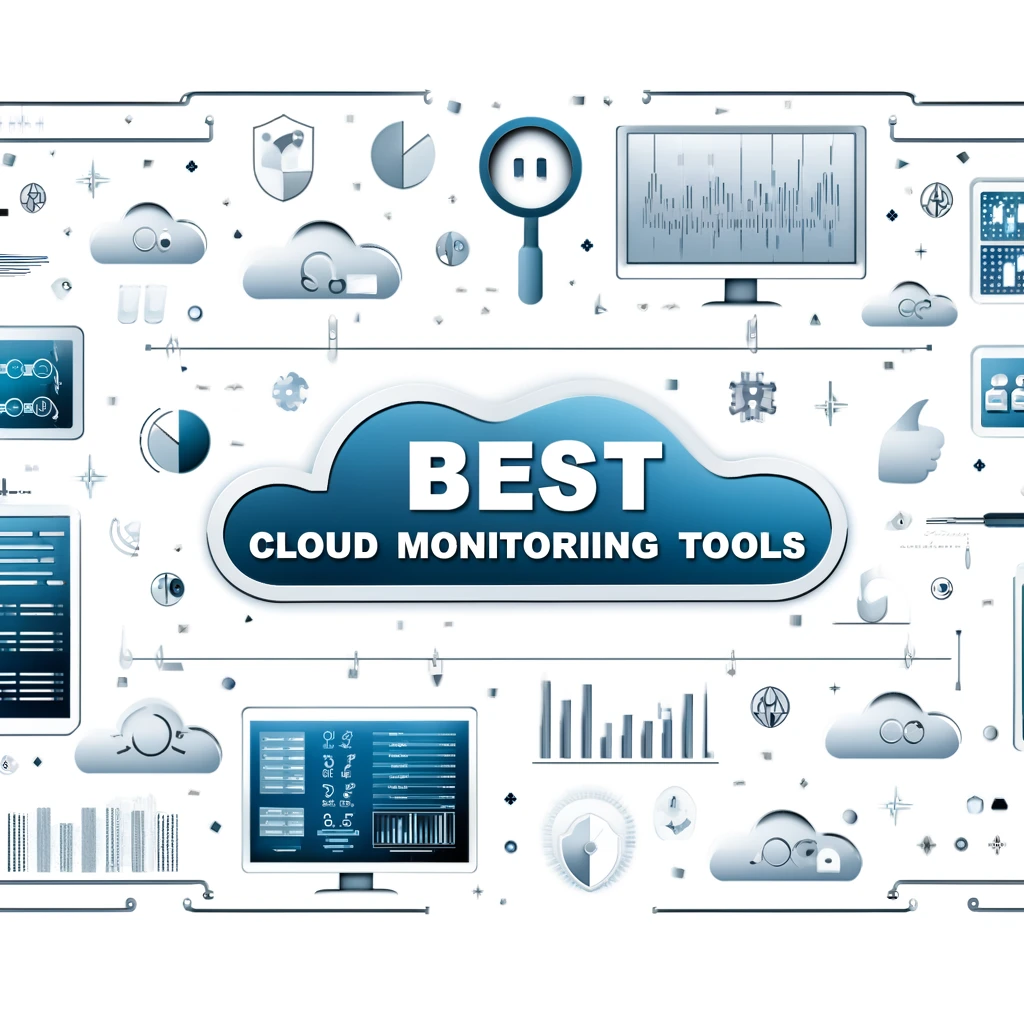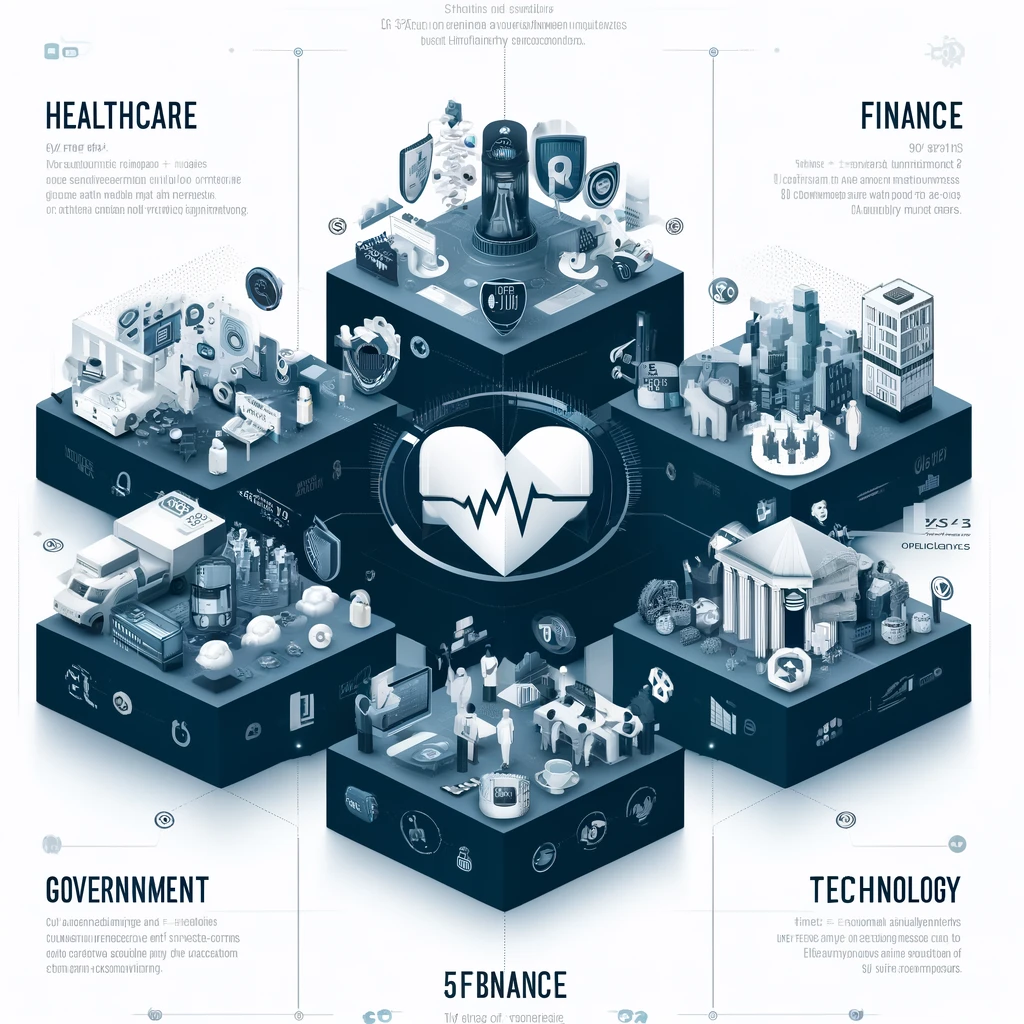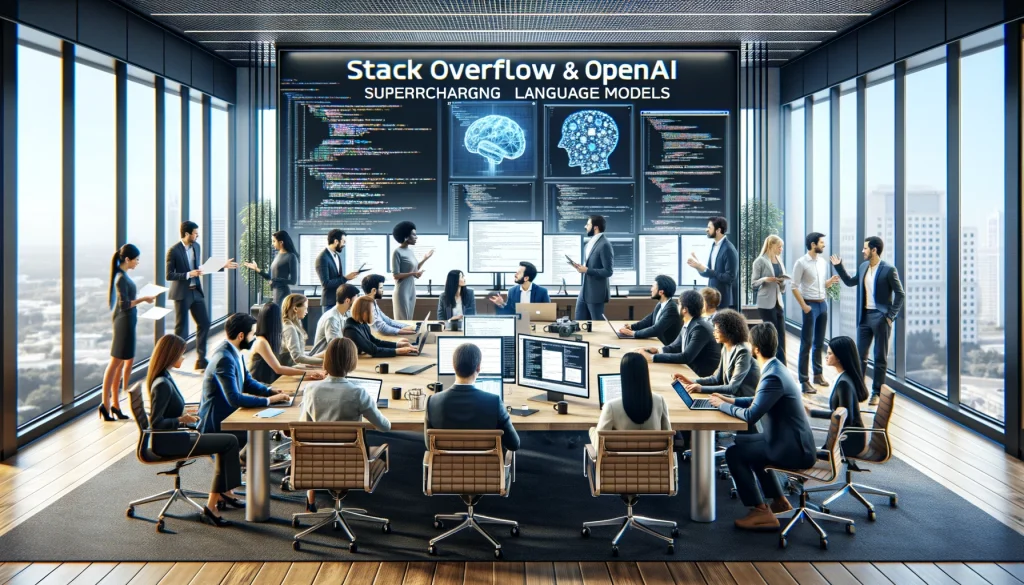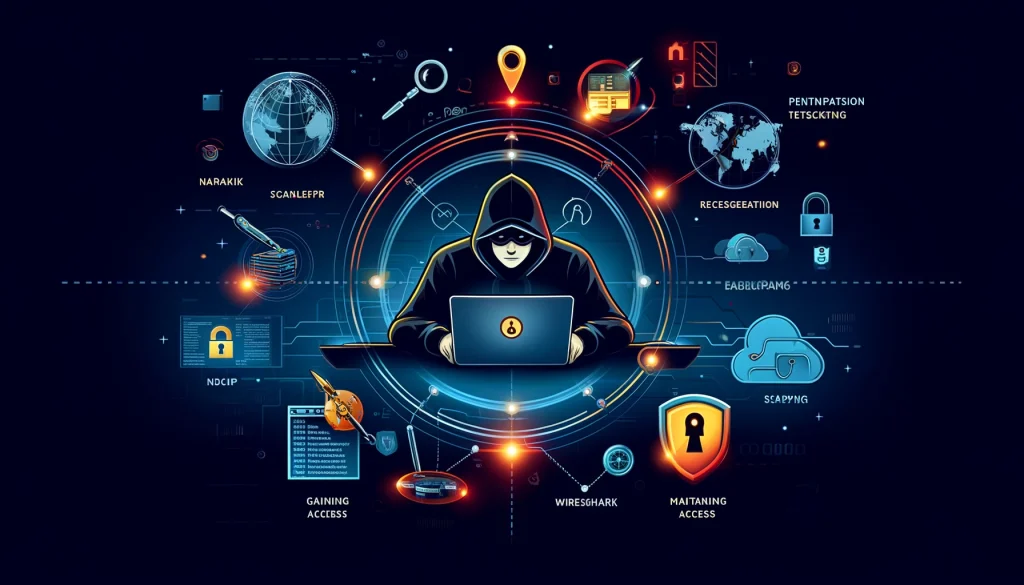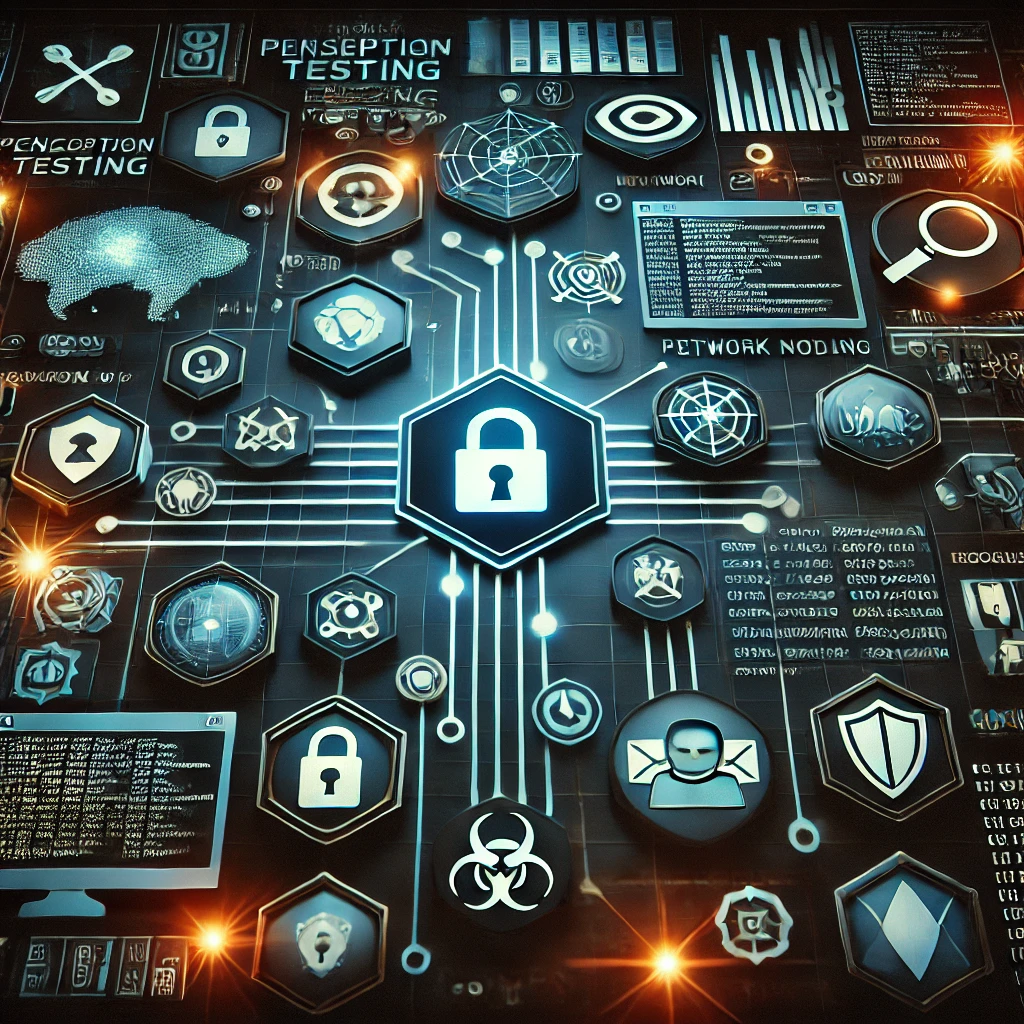What is a Security Engineer?
A security engineer is a cybersecurity professional who actively designs, implements, and maintains secure systems and networks. They act as the guardians of an organization’s digital assets, safeguarding them from malicious attacks, unauthorized access, and data breaches.
Why Do Organizations Need Security?
In today’s digital age, organizations rely heavily on their IT infrastructure to store sensitive data, conduct business operations, and communicate with clients, which creates a critical need for robust security measures. Here’s why:
- Protecting Confidential Information: Organizations hold a treasure trove of confidential data, including customer information, financial records, intellectual property, and trade secrets. Security engineers implement controls to ensure this data remains confidential and inaccessible to unauthorized individuals.
- Maintaining System Integrity: Security engineers safeguard systems from unauthorized modifications or disruptions, ensuring the systems function as intended and produce reliable results.
- Ensuring System Availability: Businesses depend on uninterrupted access to their systems, that’s why security engineers proactively identify and mitigate vulnerabilities that could lead to outages or downtime.
The Role of a Security Engineer
Security engineers take a proactive approach to cybersecurity, as their responsibilities include:
- Threat Detection and Analysis: They constantly assess systems and networks to identify potential security weaknesses that attackers might exploit.
- Security Architecture and Design: Design and implement secure network architectures, firewalls, intrusion detection systems, and other security controls.
- Security Policy Development and Enforcement: Security Engineers develop and enforce security policies that dictate how users access and interact with organizational systems and data.
- Vulnerability Management: Identify, assess, and prioritize vulnerabilities in systems and applications, and implement patches or mitigation strategies.
- Incident Response: Respond to security incidents, such as malware infections or data breaches, by containing the damage, investigating the root cause, and implementing recovery procedures.
- Security Awareness Training: Educate employees on security best practices to minimize human error, a leading cause of security breaches.
Qualifications Required for a Security Engineer

Security engineering requires a blend of technical expertise and soft skills. Here’s what it takes to become one:
- Technical Skills: Strong understanding of computer networks, operating systems, cryptography, security protocols, and penetration testing methodologies, as well as proficiency in security tools and technologies.
- Problem-Solving Skills: Ability to analyze complex security issues, identify root causes, and develop effective solutions.
- Analytical Skills: Excellent analytical skills to interpret security logs, network traffic data, and identify suspicious activity.
- Communication Skills: Ability to communicate complex security concepts to technical and non-technical audiences.
- Staying Updated: The cybersecurity landscape constantly evolves. Security engineers must be passionate about staying current on the latest threats, vulnerabilities, and security solutions.
Core Responsibilities of a Security Engineer

Security Engineers are the digital guardians, constantly fortifying the walls of an organization’s IT infrastructure. Their core responsibilities encompass a multifaceted approach, ensuring the confidentiality, integrity, and availability of critical assets, as their essential duties consist of:
1. Asset Management & Inventory:
- Security engineers thoroughly catalogue hardware, software, and cloud resources to identify potential vulnerabilities, which serves as the foundation for security measures.
- They leverage automated vulnerability scanners to continuously identify weaknesses in the IT ecosystem, and timely application of security patches ensures these gaps are sealed swiftly.
2. Security Policy architects:
- Security engineers translate security best practices into enforceable policies that govern user access, data handling, and system configurations, which act as the constitution for a secure IT environment.
- They actively engage in educating users about cyber threats and best practices, which empowers users to become the first line of defense against social engineering attacks.
3. Secure by Design Champions:
- Security engineers collaborate with developers to implement secure coding practices and design principles from the get-go, preventing vulnerabilities from being embedded in applications in the first place.
- They conduct thorough threat modelling exercises to anticipate potential attack vectors, allowing for the implementation of preventative measures to mitigate those risks before they materialize.
4. Security Assessment & Assurance Warriors:
- Security engineers simulate real-world attacks through penetration testing to uncover exploitable weaknesses in systems and networks. Vulnerability assessments offer a broader perspective, identifying security misconfigurations and potential risks.
- They play a leading role in incident response, which involves containing breaches, analyzing forensic data to identify the root cause, and implementing remediation measures to prevent future occurrences.
5. Assurance through Continuous Monitoring:
- Security engineers configure and maintain Security Information and Event Management (SIEM) systems to collect and analyze log data from various IT components, allowing for the detection of suspicious activities and potential breaches.
- They conduct regular security audits and posture assessments to ensure the implemented controls are effective and meet compliance requirements, which guarantees the organization’s security posture remains robust.
Continuous Improvement for the Security Engineer
A security engineer’s role demands constant vigilance and adaptation by actively pursuing continuous improvement:
1. Threat Detection and Response (TDR):
- Use Security Information and Event Management (SIEM) tools to ingest data from firewalls, endpoints, and applications, while automating parsing and correlation rules to identify potential threats.
- Utilize threat intelligence feeds and endpoint detection and response (EDR) tools to hunt for indicators of compromise (IOCs) and suspicious activities within the network.
- Develop and maintain playbooks for various security incidents, and automate repetitive tasks in the incident response lifecycle to expedite containment and remediation.
2. Vulnerability Management:
- Integrate vulnerability scanners with configuration management tools to automate vulnerability assessments on critical systems.
- Employ risk scoring models that factor in exploitability, severity, and business impact to prioritize patching efforts.
- Utilize patch management tools to automate the deployment of security patches across the infrastructure, ensuring timely remediation.
3. Security Architecture and Design:
- Integrate security considerations into the development lifecycle, and utilize Infrastructure as Code (IaC) tools to enforce security best practices through configuration templates.
- Conduct regular threat modelling exercises to identify potential attack vectors and design security controls to mitigate them.
- Proactively design security into systems and applications by implementing secure coding practices, secure by default configurations, and least privilege access controls.
Additional Roles and Responsibilities
Beyond core security tasks, security engineers proactively conduct vulnerability scanning and penetration testing to unearth and exploit system weaknesses by identifying potential security holes before attackers can leverage them.
They also play a crucial role in incident response, containing and remediating security breaches to minimize damage.
Security engineers may also design and implement secure network architectures, employing firewalls, intrusion detection and prevention systems (IDS/IPS), and secure configurations to fortify the organization’s defenses.
Never forget to check out our YouTube channel, ETHICAL EMPIRE, and keep reading our exciting blogs. Until next time, stay curious, stay secure, and keep exploring the fascinating world of cyber security. See you soon, bye!




